Surprising Stories: Monet’s Water Lilies, from Giverny to the Musée de l’Orangerie
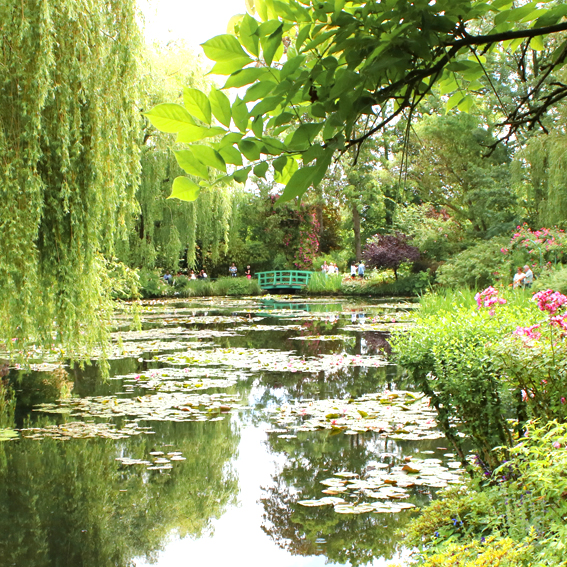 With the arrival of spring blossoms and warmer weather, it is all the more challenging to be confined to our homes. It was the goal of many Impressionist artists to capture this moment of nature’s splendor and few achieved this as gloriously as Claude Monet. Dreaming of his radiant gardens can offer some respite from our newly restrictive daily lives, especially his meditative water lily panels. These masterpieces have made the Musée de l’Orangerie one of the most famous museums in Paris, however, few know that the museum would not have been possible without the tireless efforts of Georges Clemenceau; then the Prime Minister of France and friend of Monet. This edition of our Surprising Stories series reveals how Clemenceau, one hundred years ago today, succeeded at this impressive feat.
With the arrival of spring blossoms and warmer weather, it is all the more challenging to be confined to our homes. It was the goal of many Impressionist artists to capture this moment of nature’s splendor and few achieved this as gloriously as Claude Monet. Dreaming of his radiant gardens can offer some respite from our newly restrictive daily lives, especially his meditative water lily panels. These masterpieces have made the Musée de l’Orangerie one of the most famous museums in Paris, however, few know that the museum would not have been possible without the tireless efforts of Georges Clemenceau; then the Prime Minister of France and friend of Monet. This edition of our Surprising Stories series reveals how Clemenceau, one hundred years ago today, succeeded at this impressive feat.
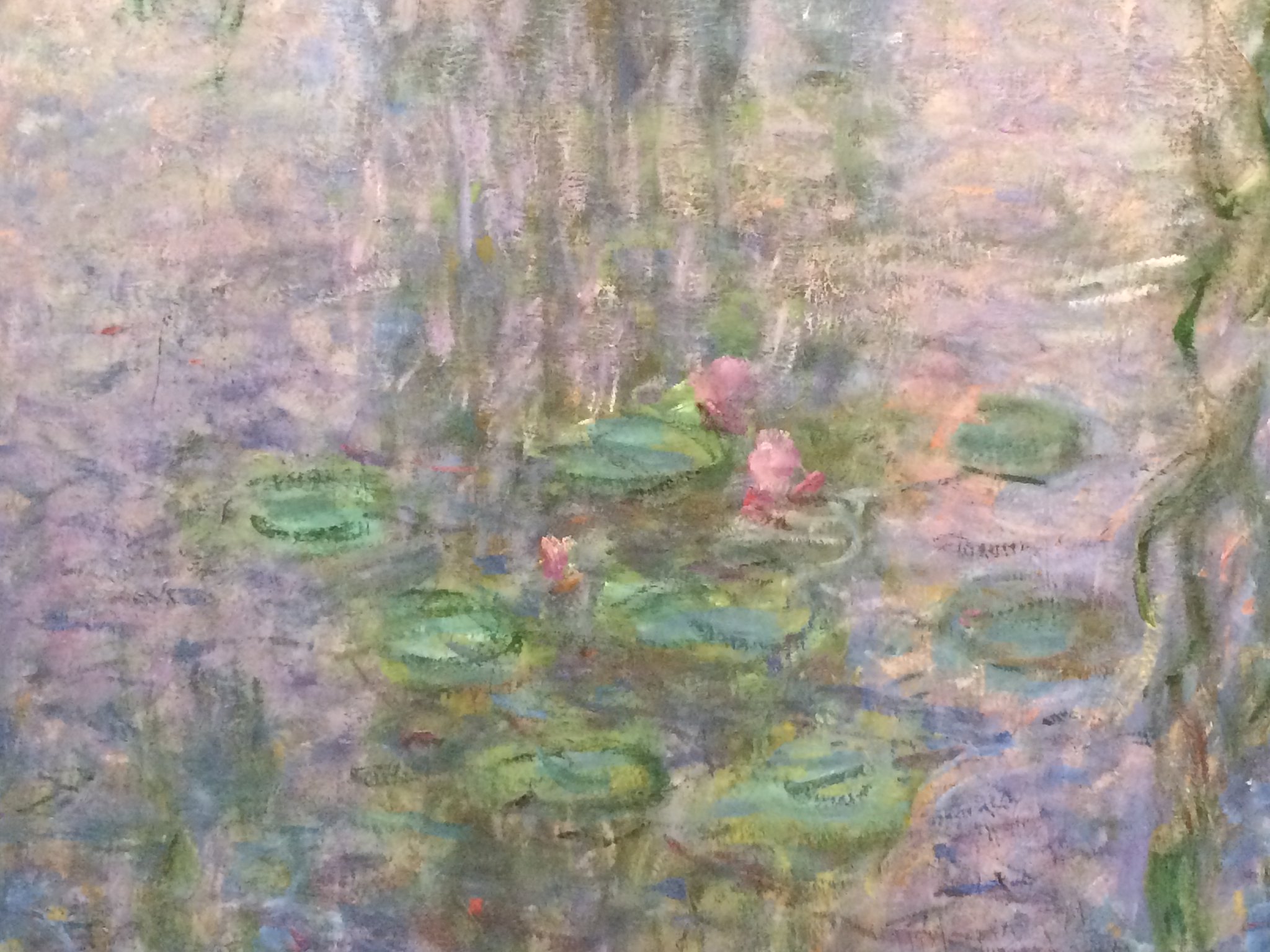
Monet’s Water Lilies, Musée de l’Orangerie
In 1890, Monet purchased a house in the village of Giverny after having rented properties in the area for over twenty years. Now an established painter, he embarked on an ambitious project to create gardens that would truly inspire him. An exacting landscaper, Monet wrote daily instructions to his gardeners in order for them to properly stock and maintain seasonal flowers for his ever changing palette. Within the sizeable grounds, Monet had a pond created by diverting a local river. Here he planted water lilies, a subject that fascinated him for the next thirty years.
When Monet was still a struggling young artist, he met Georges Clemenceau, a firebrand journalist and political activist who would serve two terms as the Prime Minister of France, from 1906 to 1909 and at the end of WWI, from 1917 to 1920. Although they were not in the same social circles, they met up again sometime after 1908, the year when Clemenceau bought a property near Giverny.
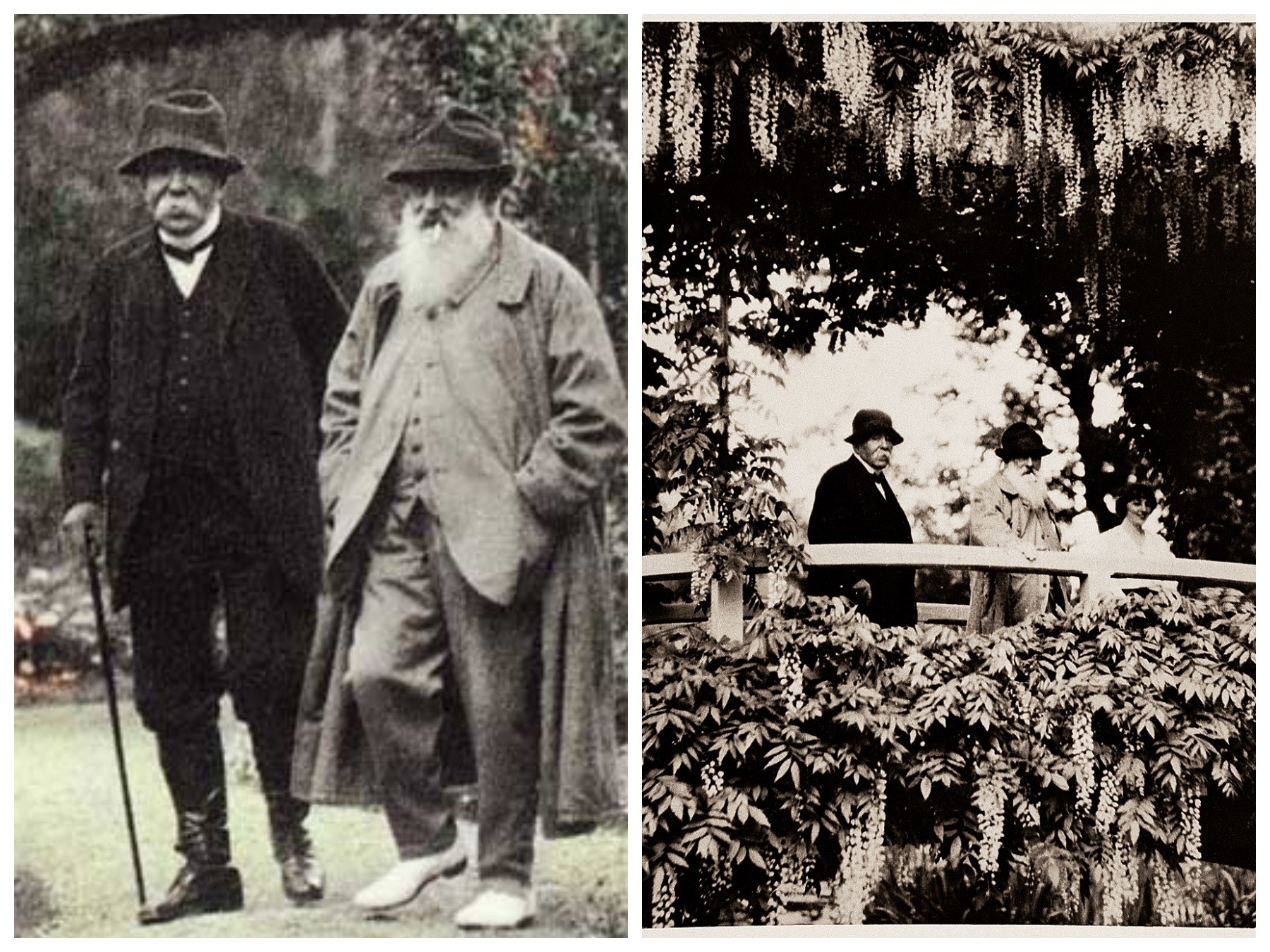
Left: Georges Clemenceau et Claude Monet dans le jardin de Giverny en compagnie de Blanche Hoschedé-Monet, du collectionneur Matsukata Kôjrô et de sa nièce Madame Kuroki/CC Right: Henri Martinie (1881-1963), Georges Clemenceau, Claude Monet et Lily Butler sur le pont japonais de Giverny, 1921. Photographie © Paris, Musée Clemenceau
Clemenceau had developed a keen interest in the arts, but it was until after WWI that he became an art patron. On November 12th, 1918, the day after the Armistice, Monet wrote to Prime Minister Clemenceau: “I am on the verge of finishing two decorative panels which I want to sign on Victory Day, and am writing to ask you if they could be offered to the State with you acting as intermediary.” Clemenceau was instantly taken by the idea, however, managed to persuade Monet to increase this gift from just two panels to an entire series.
In September 1920 Monet agreed to make a gift of 12 decorative panels that would be installed according to the painter’s instructions in a dedicated building, but Monet continually reworked his panels. On April 12th, 1922 the official donation was signed, nevertheless, Monet kept reworking the paintings up to his death in 1926. It was only then that his Water Lilies could be installed, overseen by Clemenceau and in strict accordance with Monet’s wishes, in their new home at the Musée de l’Orangerie.

Musée de L’Orangerie Water Lilies Room. Photo: Brady Brenot / CC
Today’s visitors understand why Monet was so exacting: he created eight panels all the same height (1.97 m), but of different lengths so that they could be assembled side by side as a decorative frieze. He had keyed the color palette so that it followed the sunlight from dawn to dusk. We continually marvel at the lush garden landscape as we gaze at the water lilies, suspended on the surface of the rippling water which seemingly reflects the trees and clouds overhead. While admiring the artist’s talent and dexterity, we must also thank Georges Clemenceau for establishing this monument to peace in the center of Paris.
Picturesque Voyages Tours specialize in understanding the relationship between gardens and works of art. We explore this in relation to Monet and Impressionism at the Orangerie Museum, Giverny and Musee d’Orsay. Learn more about these museum tours here and our full range of tours at this link.

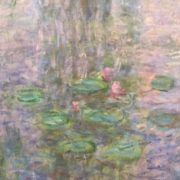

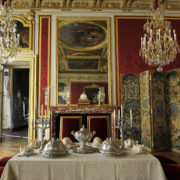

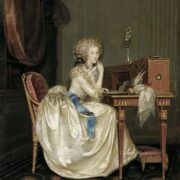
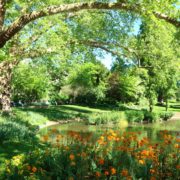
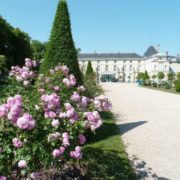


Leave a Reply
Want to join the discussion?Feel free to contribute!